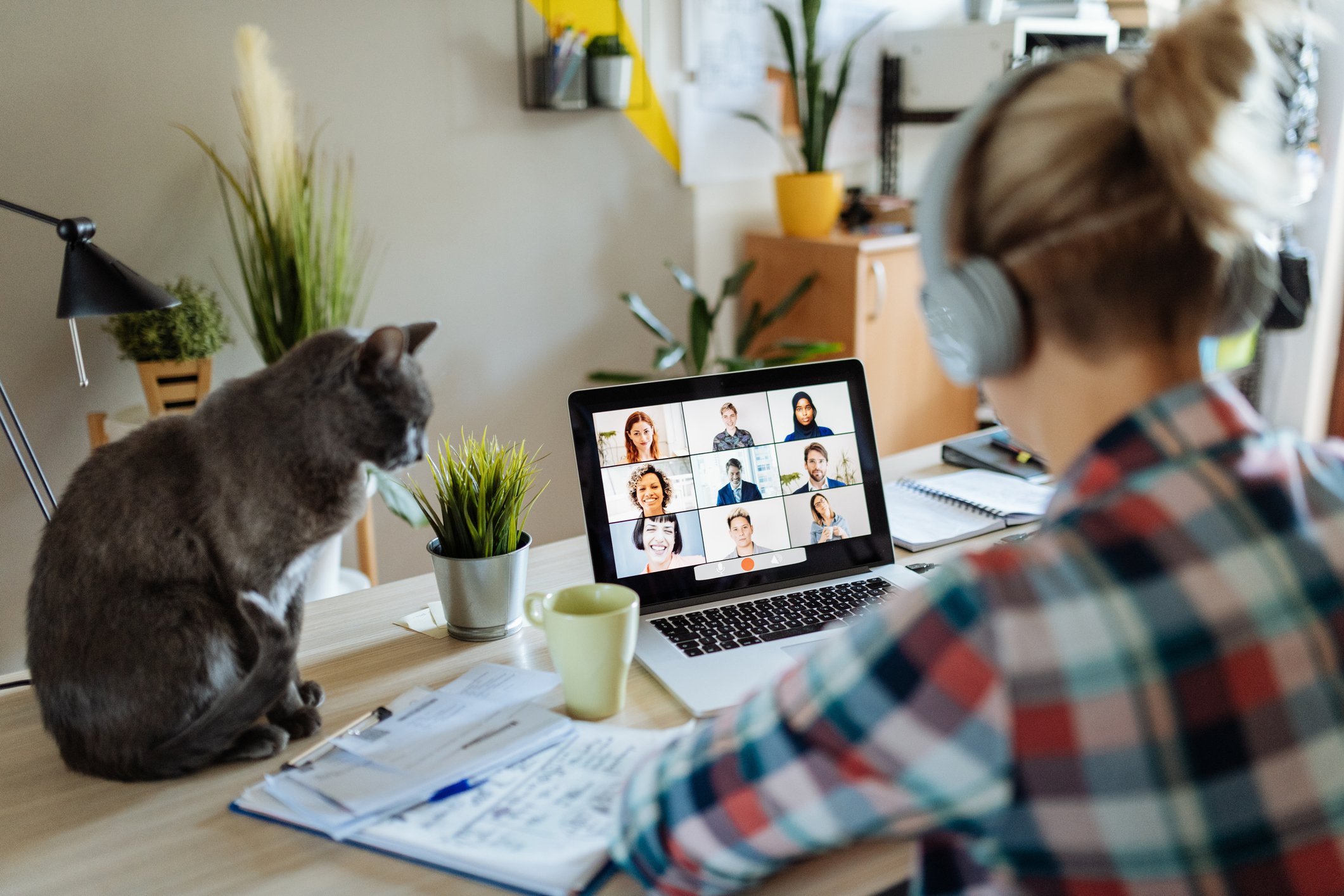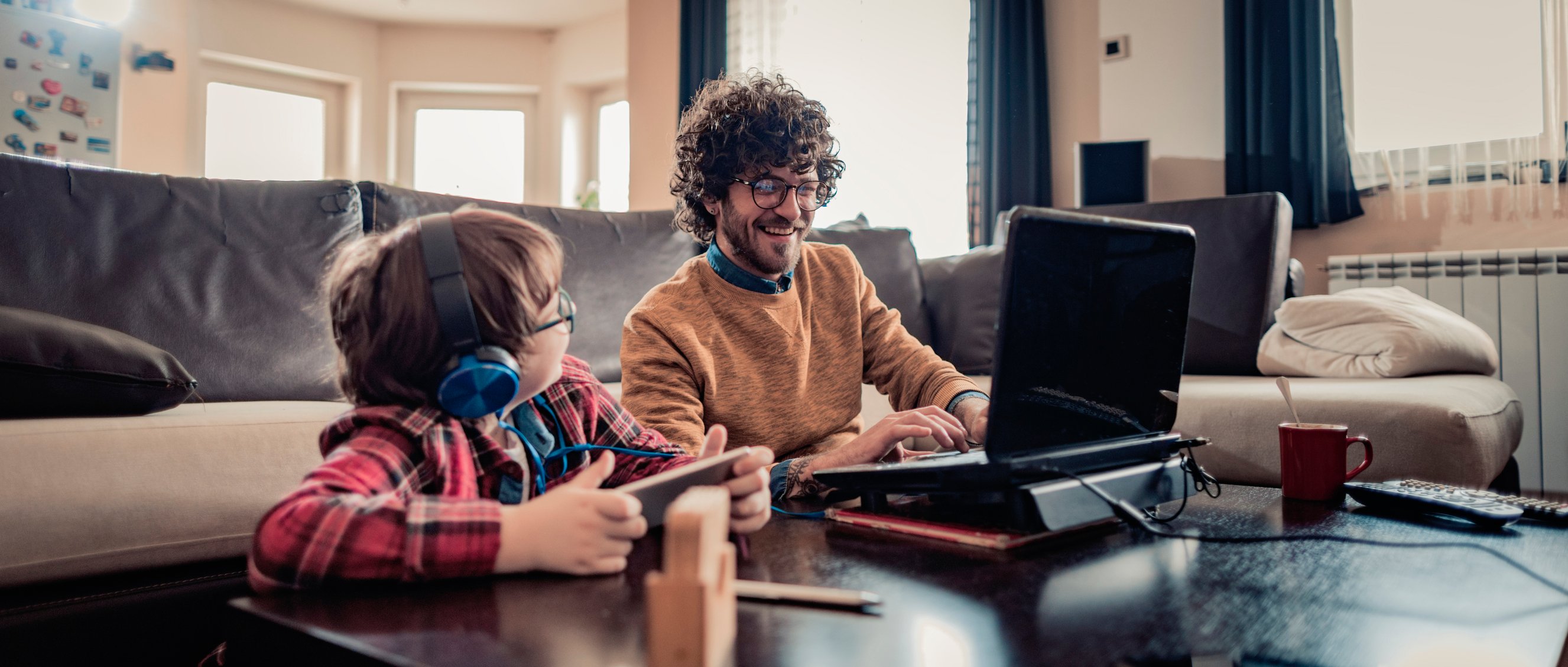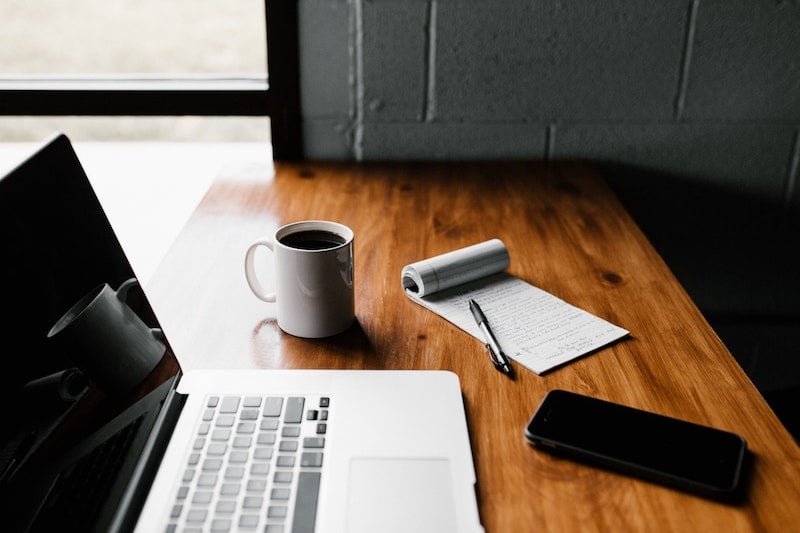How post professionals can cultivate a healthy work/life balance as remote work remains the standard.
All of us who were fortunate to be employed during the Covid lockdowns had to quickly learn to become flexible when it came to working remotely. What once was a structured work day now become a “virtual” version of the Wild West, where we were living in a world of never-ending video conferences, and words like “Zoom”, “Slack”, and “You’re muted” invaded our daily vocablulary.
However, working remotely is like two sides of a coin; heads, employees have the convenience and flexibility of keeping one’s job and employers have the ability to keep their businesses open; tails, the structure of a “typical” work day of call times and wrap times quickly morphed into its evil twin, replaced by an “available at all hours” Pod Person from outer space. The lines between “home time” and “work time” were blurred so much that they became one-and-the-same.
I can say having worked remotely on several projects during 2020-’21 that I had to learn how to balance “home time” and “work time”. One project I was working on remotely had a specific schedule that pretty much stayed the same every day, however, there were times when it could be quiet for hours and then out of the blue I would get the “we need it now” email request. Then my day went from zero-to sixty in a matter of moments. Of course every so often one of those emails would come in when I was at the grocery store, or the gas station. Timing, right?! It was a rough learning-curve because I was thankful to be working during a time when so many were unemployed, but I also knew that I needed to create an off-time, and I had to be comfortable doing that.
And that’s where the issue lies; how does the remote worker create a separation of “home time” from “work time” when you’re doing both in the same location? Well, here is what I’ve been able to put together over these last 15 months, and I would like to present them to you.
"The structure of a 'typical' work day of call times and wrap times quickly morphed; The lines between 'home time' and 'work time' were blurred so much that they became one-and-the-same."

1. Maintain your routine
Repeat after me: “Just because you’re working from home shouldn’t mean that you treat it as such.” It’s all too easy to fall into bad habits like letting personal hygiene go, eating an unhealthy diet, and not exercising just to name a few. Your routine should be the same working at home as if you are heading out the door to work. It lets you get into that “work mode” mentally, and it can really help you stay together physically. I speak from experience; when I started working remotely I did the typical guy thing- stopped shaving. It was easy since all of my work communication was being done through emails. I didn’t have to worry about personal appearance. After a few weeks my scruff had turned to a full-on beard, and I just didn’t care. I’m home, I’m working, so other than my wife and dog who am I impressing?
I also wasn’t eating well and that didn’t help my already overweight body. After about six weeks I woke up one morning and knew that something had to change. I was getting too comfortable and casual at home, and I started becoming someone I didn’t know. I needed to stop the cycle, and reclaim my old self. It didn’t matter that I was holed-up at home, I needed to change my routine. So I did the first and easiest thing- I shaved my beard….and it felt good. I felt good. But why? I’ve had facial hair before and I’ve kept beards for a couple of weeks (not really my thing). Why was this time so different? And then it hit me - laziness. It was the first domino that began my descent into a bad routine. Once it was gone I felt like I was starting on the right path to getting my old work self back. I found myself getting dressed like I was going to work, followed by a change in eating habits (not perfect, but effective), and getting some exercise (more on that later). Before I knew it I dropped 20 pounds over the next few months I felt like I finally had control over the situation.

2. Don’t get caught up in that “work cycle”
Simple enough, yet so hard to accomplish. Pre-pandemic, the world was clear-cut, we were either at work or at home. Of course, even at home we had those pesky smart phones that could interrupt us with the after work emails, cell calls, or texts. However, there was still that feeling of separation since it was easy to ignore those occasional intrusions until the next day. However, that convenience sank into the murky waters of “working at home”; suddenly we were all connected, all of the time.
Quickly, our abodes were now invaded by work desks, computers, and all kinds of equipment. How many of you had to turn that room or space into a new work area, or upgrade your Internet service to accommodate the amount of streaming needed on a daily basis? I turned one of our rooms into a make-shift mixing station that grew from “it’ll only be for a few weeks”, to “maybe a few months”, to “what would it cost to turn this into a full-on studio?”. We also upgraded our Internet service so we had better upload speed for video conferences and file streaming. The next thing you know, my wife and I are competing to see who got first dibs on the upload speed so her video calls weren’t freezing, and I wasn’t in Internet Limbo trying to uploaded audio files so editors could work on their projects. Home had turned into an office and that wasn’t OK.
My wife and I realized that we were spending more time apart than together in our own home, and when we were together there was always that email, Slack notification, or phone call looming that would call us back to duty. It didn’t matter if we were cooking dinner, trying to relax outside, or even streaming a show to unwind, it never felt like we were truly turning off the work day.
That’s not a healthy way to live, and we decided that there needed to be boundaries; times when we were “home” and times when we were at “work”. The first adjustment was when I created my “call time” based on the particular show I was working on - one project was international so I had to adjust my work hours to accommodate, and the projects I worked on in LA were based on how we worked Pre-Pandemic. Anything before/after those hours was “my time” and “our time” to get things done or just relax and catch up on our day.
We would also carve out times on certain weekdays to get errands done like grocery shopping, fueling up the cars, taking the dog to the vet, or run to the bank. It was important for both of us to do it since I worked most weekends, and it wouldn’t have been right to leave that on my wife to do. Plus, we had fun doing it since it got us out of the house and out into society... even though it was a masked, gloved, and face shield society. Gotta take what you can get.
"I turned one of our rooms into a make-shift mixing station that grew from 'it’ll only be for a few weeks,' to 'maybe a few months,' to “what would it cost to turn this into a full-on studio?'"

3. Work time cannot intrude on personal time
It’s too easy to just get lost in a work day and plow through it without taking a break. At some point we all need to step back, take a breather, and give our minds and bodies a break. The worst thing I did earlier this year was to buy a comfortable office chair; now I had a reason to just sit, and sit, and sit all day, and it’s tough to keep track of hours when you’re caught up doing mixes and video conferences during the day. So, going back to my first point of maintaining my routine, I decided to make sure I carved out time to do things:
- Take walks - Nothing like a little exercise to get the mind and body going. I would mainly try to do this first thing in the morning since it made me feel better off the bat, and gave me the energy to go through the day.
- Get outside for a bit - It was nice just to get outside the house even if it wasn’t to take a walk. Sometimes just getting the fresh air and some sun would be enough just to make me feel better. Sometimes it was just to listen to the birds chirping, or the silence that helped get my head back to where it needed to be.
- Take a lunch break - it’s too easy to eat and work at the desk, I know I’ve worked through many lunch breaks in my career, so why would I need to do that when I was working from home? I mean…I was home, so why not take that lunch break to put something together to eat and just relax for a bit?
- Take short drives just to get out of the house - If I knew I had a break in my schedule it was nice to get out to run a quick errand. That way I could take care of something on my checklist while also getting out of the house for a little while. Plus, in the early days of the pandemic what safer way could you have been outside without having to interact with anyone? Win-win.
Of course, how much of this will be relevant in the next few months as things begin to open, and more of us are called back to the office or studio? I’m not sure… only time will tell how many of us will still be working remotely in the next year or two as our lives start going back to “the way things were.” Either way, I still think that these suggestions can still apply in an at-work environment. It just takes a little push to get into that routine.
Robert Ohlandt is a sound artist & tech manager at RealTime Conference.












